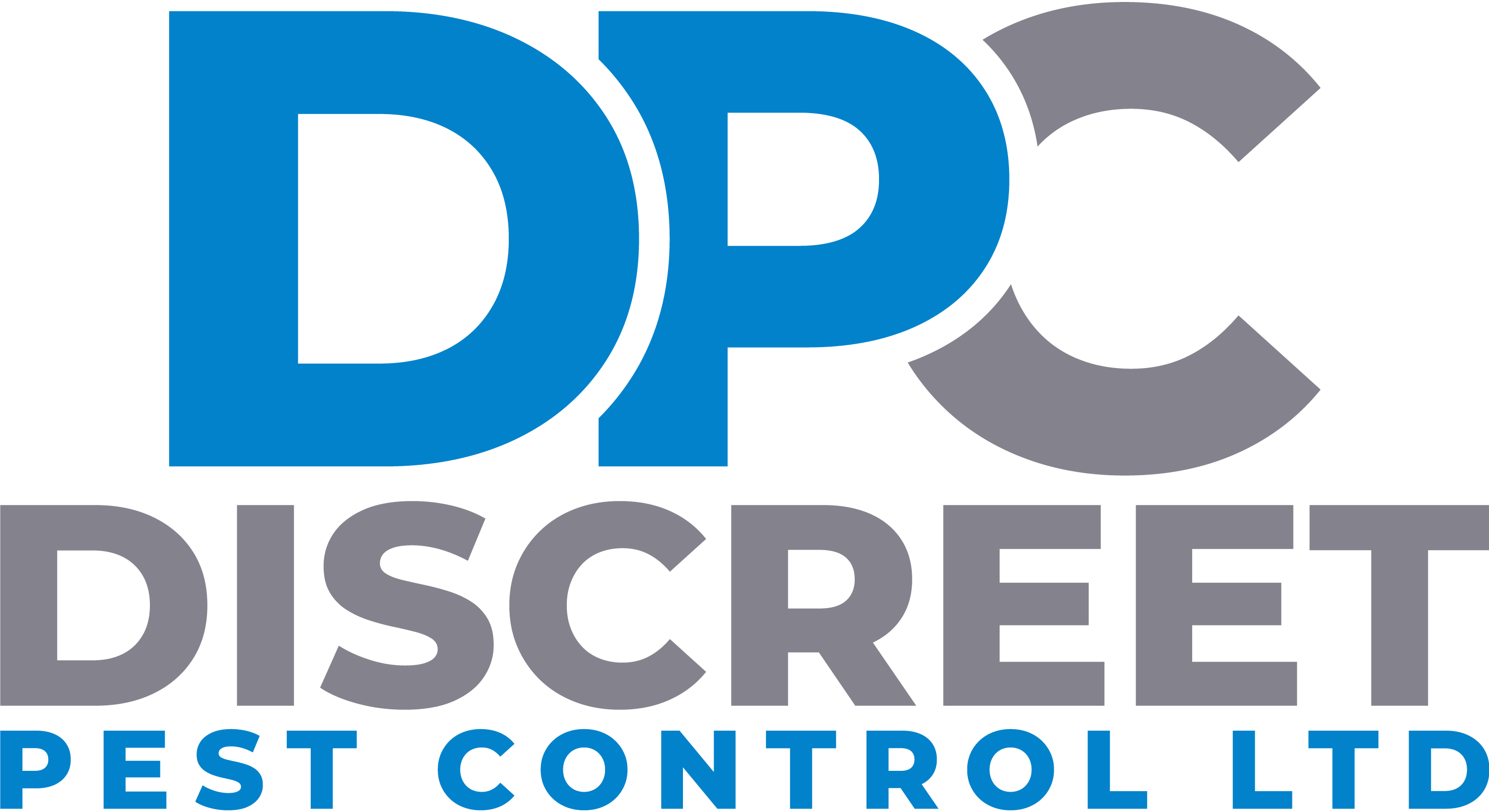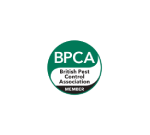RAT EXTERMINATORS West Yorkshire
EFFECTIVE RAT CONTROL IN WEST YORKSHIRE

By securing structures and preventing possible rodent intruders, you can avoid the need to deal with an entire population. It should also be noted that rat-proofing reduces the risk of re-infestation, as long as proper practices are employed.
EXPERT RAT CONTROL IN WEST YORKSHIRE
In domestic settings, rats can make it unpleasant to be at home, wondering what food and surfaces have been contaminated, or whether you and your family are safe. In commercial circles, they can cause significant structural damage and financial loss.
In West Yorkshire commercial properties, high-risk spots for rat infestations include production areas, boiler rooms and false roofs, or similar spaces. It is these areas that should be monitored, and, if you suspect a rat infestation in one of these spots or nearby, you should contact a professional pest control specialist.
RATS IN WEST YORKSHIRE
Whether you have a rat population in your West Yorkshire home or on your business premises or are even just being cautious so as to avoid an infestation altogether, knowing how to spot a rat and the signs of an infestation is essential. Not only will this help you to know what you are dealing with, but it will give you the knowledge you need to identify problems early and get them treated as soon as possible.
Rats vary in colour, but they usually have brown or grey fur, with a light underside. Their tail, which is only slightly shorter than the length of their head and body, is also two-toned, with a dark upper and light lower side.
Whilst their eyes and ears are small, their teeth grow by up to 12mm every year, and their keen sense of taste makes them a talented pest when it comes to identifying foods and unusual compounds, such as poisons, even in low amounts.
As omnivorous pests, rats enjoy starch and protein if given the choice, but they will eat vegetables, fish, meat, weeds, crustaceans, earthworms, nuts and fruits, as well as cereals. This means any unsealed (and in some cases, even sealed) food is at risk of contamination if you have a rat population nearby.
With litters between eight and ten in size, and up to six litters a year, populations can grow fast. Their average lifespan is about a year to a year and a half, and they reach maturity within three months, which only fuels reproduction rates. As such, it is essential to spot and deal with a rat infestation as quickly as possible.
There are several indicators of a rat infestation, including holes, gnaw marks, tracks, urine trails, fresh droppings, tail smear marks, damaged items and even nests. Rodent urine will show up with UV light while most other marks and signs will be visible to the naked eye. You may also hear noises in the walls if your pest population have found their home there.
THE RAT
Brown rat, Norway rat, Sewer rat
Rattus norvegicus
The quick detection guide below will help you to determine if you have these unwanted guests in your home or business premises.
- Droppings – dark brown in colour and shaped like a grain of rice.
- Tracks – due to their poor eyesight but good sense of smell rats tend to follow the same route to and from their nests and they leave dirty and greasy rub marks behind.
- Chewed items – they use shredded soft items to make their nests so shredded paper, cardboard and material debris could indicate an infestation.
- Teeth marks and holes –well known for chewing through anything from wood to electrical wire, if you find something that looks like it’s been chewed then you are likely to have rats nearby
- Smell – rats themselves are quite clean animals but the urine they leave can cause a build-up of odour if not cleaned up. This has often been described as smelling of ammonia



